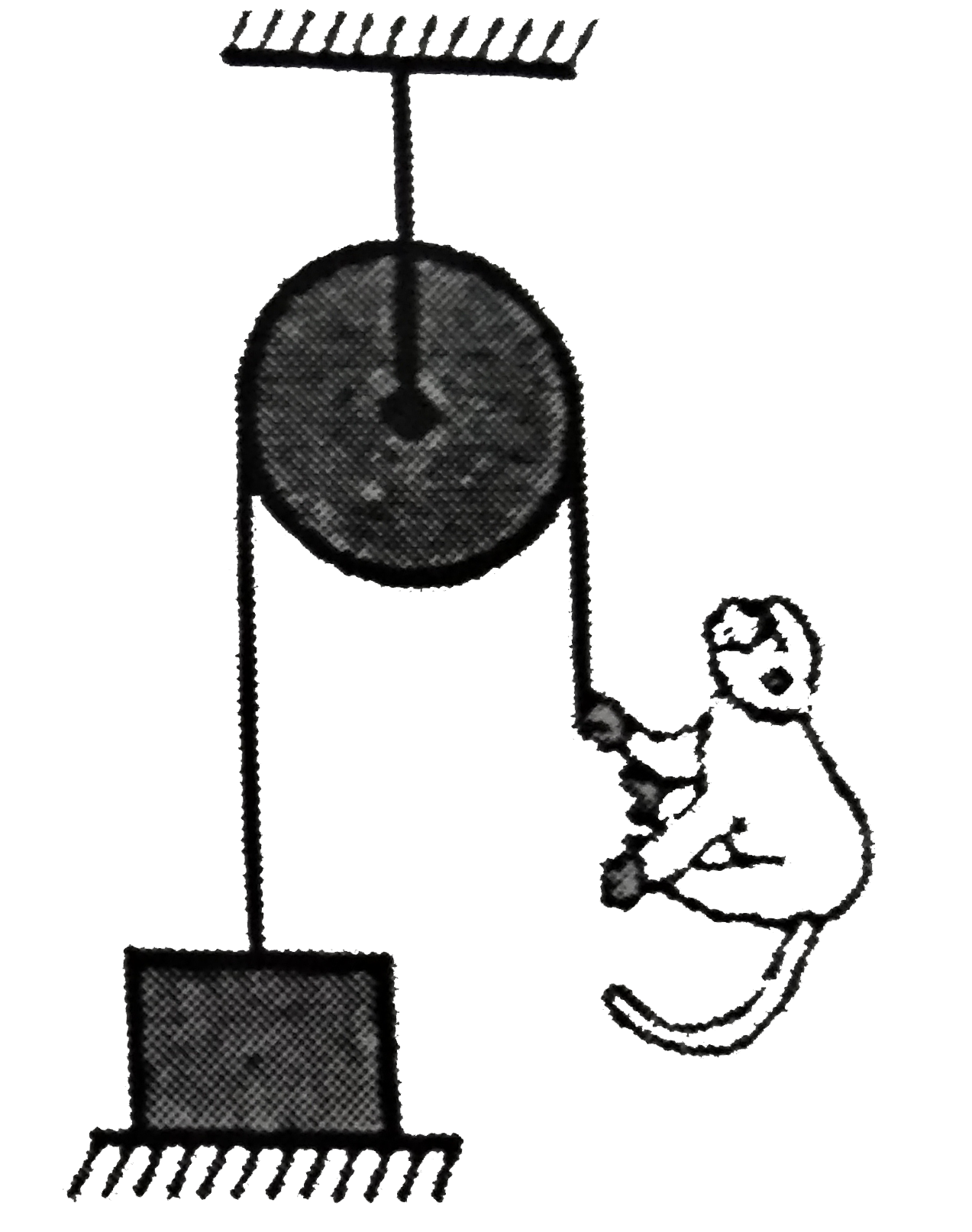"A horse has to apply more force to start a cart than to keep it moving ". Why?
To understand why a horse has to apply more force to start a cart than to keep it moving, we can break down the explanation into several steps:
Step 1: Understanding Friction Types
Friction is the force that opposes the relative motion of two surfaces in contact. There are two main types of friction:
- Static Friction (Fs): This is the friction that acts on an object at rest. It must be overcome to start moving the object.
- Kinetic Friction (Fk): This is the friction that acts on an object that is already in motion.
Step 2: Comparing Static and Kinetic Friction
The key point to note is that static friction is generally greater than kinetic friction. This means:
Fs>Fk
This relationship indicates that it takes more force to overcome static friction and initiate movement than it does to keep the object moving once it has started.
Step 3: Interlocking of Surfaces
When the cart is at rest, the surfaces in contact (the wheels of the cart and the ground) have microscopic irregularities that interlock. This interlocking increases the resistance to motion, requiring more force to break free from this state of rest.
Step 4: Movement and Reduced Interlocking
Once the cart starts moving, the interlocking between the surfaces is reduced. The surfaces slide over each other rather than interlocking, resulting in less resistance to motion. This is why the force required to keep the cart moving is less than the force required to start it.
Step 5: Conclusion
Therefore, the horse has to apply more force to start the cart due to the higher static friction caused by the interlocking of surfaces. Once the cart is in motion, the kinetic friction is lower, allowing the horse to apply less force to keep it moving.
---
Friction is the force that opposes the relative motion of two surfaces in contact. There are two main types of friction:
- Static Friction (Fs): This is the friction that acts on an object at rest. It must be overcome to start moving the object.
- Kinetic Friction (Fk): This is the friction that acts on an object that is already in motion.
The key point to note is that static friction is generally greater than kinetic friction. This means:
Fs>Fk
This relationship indicates that it takes more force to overcome static friction and initiate movement than it does to keep the object moving once it has started.
When the cart is at rest, the surfaces in contact (the wheels of the cart and the ground) have microscopic irregularities that interlock. This interlocking increases the resistance to motion, requiring more force to break free from this state of rest.
Once the cart starts moving, the interlocking between the surfaces is reduced. The surfaces slide over each other rather than interlocking, resulting in less resistance to motion. This is why the force required to keep the cart moving is less than the force required to start it.
Therefore, the horse has to apply more force to start the cart due to the higher static friction caused by the interlocking of surfaces. Once the cart is in motion, the kinetic friction is lower, allowing the horse to apply less force to keep it moving.
Topper's Solved these Questions
- BOOK - ICSECHAPTER - FRICTIONEXERCISE - Long answer questions2videos
FRICTION
- BOOK - ICSECHAPTER - FRICTIONEXERCISE - Short answer question30videos
FRICTION
- BOOK - ICSECHAPTER - FRICTIONEXERCISE - Additional solved examples9videos
FRICTION
- BOOK - ICSECHAPTER - DYNAMICSEXERCISE - SHORT ANSWER QUESTIONS WITH ANSWERS12videos
DYNAMICS
- BOOK - ICSECHAPTER - GRAVITATIONEXERCISE - FROM THE HUBBLE TELESCOP2videos
GRAVITATION
Similar Questions
Knowledge Check
- Question 1 - Select One
A 20 kg block is initially at rest. A 75 N force is required to set the block in motion. After the motion a force of 60 N is applied to keep the block moving with constant speed. The coefficient of static friction is
A0.6B0.52C0.44D0.35
"A horse has to pull a cart harder during the first few metres of its motion than later on ". Why ?
View Solution"Carts with rubber tyres are better than those with iron tyres". Why ?
View SolutionA box of bananas weighing 40.0Nrests on a horizontal surface is 0.40 and the coefficient of kinetic friction is 0.20
a. If no horizontal force is applied to the box and the box is at rest , how large is the friction force excered on the box ?
b. What is the magnitude of the friction forces if a monkey applies a horizontal force of 6.0N to the box and the box is initial at rest?
c. What minimum horizontal force must the monkey apply to start the box in motion ?
d. What minimum horizontal force must the monkey apply to keep the box moving at constant velocity once it has been starts?
e. If the monkey applies a horizontal force of 18.0N What is the magnitude of the friction force and what is the box's acceleration ?View SolutionWhen a horse pulls a wagon, the force that causes the horse to move forward is the force
View SolutionA block of mass 10 kg is kept over a rough surface and a force F=4t is applied on it. At what value of t the block will start moving :-
View SolutionIs force needed to keep a moving body in motion ?
View SolutionA heavy cart is pulled by a constant force F along a horizontal track with the help of a rope that passes over a fixed pulley, as shown in the figure. Assume the tension in the rope and the frictional forces on the cart remain constant and consider motion of the cart until it reaches vertically below the pulley. As the cart moves to the right, its acceleration
 View Solution
View Solution

